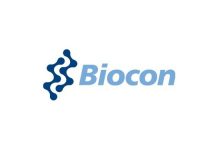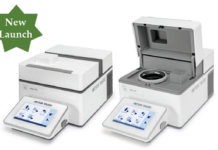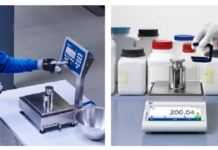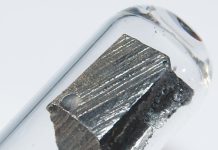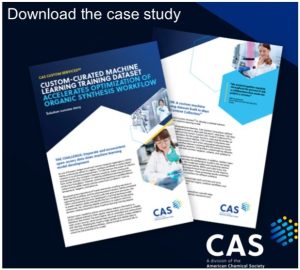A research team led by Cornell University has created a solar-powered device that produces green hydrogen directly from seawater while also generating potable water. This innovation holds the potential to reduce industrial dependence on freshwater and significantly cut emissions in energy-intensive industries.
Introducing the Hybrid Solar Distillation-Water Electrolysis System
In a study published in Energy and Environmental Science, the researchers describe their breakthrough system, known as the Hybrid Solar Distillation-Water Electrolysis (HSD-WE) device. Under natural sunlight, the current prototype generates approximately 200 milliliters of hydrogen per hour with an energy efficiency of 12.6%. The team projects that with further development, this approach could slash the cost of green hydrogen production from today’s $10 per kilogram to just $1 per kilogram within the next 15 years.
Eliminating the Need for High-Purity Water
Conventional electrolysis systems depend on deionized water, making hydrogen production both expensive and water-intensive. In contrast, the HSD-WE device integrates solar-powered desalination directly into the electrolysis process. It uses a capillary wick to form a thin film of seawater, achieving evaporation efficiency above 90%. The system cleverly reuses waste heat from solar photovoltaic cells for desalination, while the electricity produced powers the electrolysis.
Maximizing Solar Energy Utilization
As reported by chemicalprocessing, the researchers have designed a compact 10 x 10 cm prototype that combines thermal, electrical, and chemical processes, enabling nearly full utilization of solar energy. Besides producing green hydrogen, the system also delivers excess clean water, which adds significant value—particularly in regions where water scarcity is a concern.
Future Applications and Scalability
Looking ahead, the team plans to scale up the technology and explore its deployment in solar farms. In such settings, the device could not only support distributed hydrogen production but also help cool photovoltaic panels, enhancing overall energy efficiency.
A Sustainable Breakthrough
Lenan Zhang, assistant professor at Cornell’s Sibley School of Mechanical and Aerospace Engineering and project lead, highlighted the broader implications:
“Now, for the first time, we can produce a sufficient amount of water that can satisfy the demand for hydrogen production. And also we have some additional water for drinking. Two birds, one stone.”
This innovation paves the way for more sustainable energy solutions that make better use of abundant resources like seawater and sunlight—a crucial step toward a greener future.


